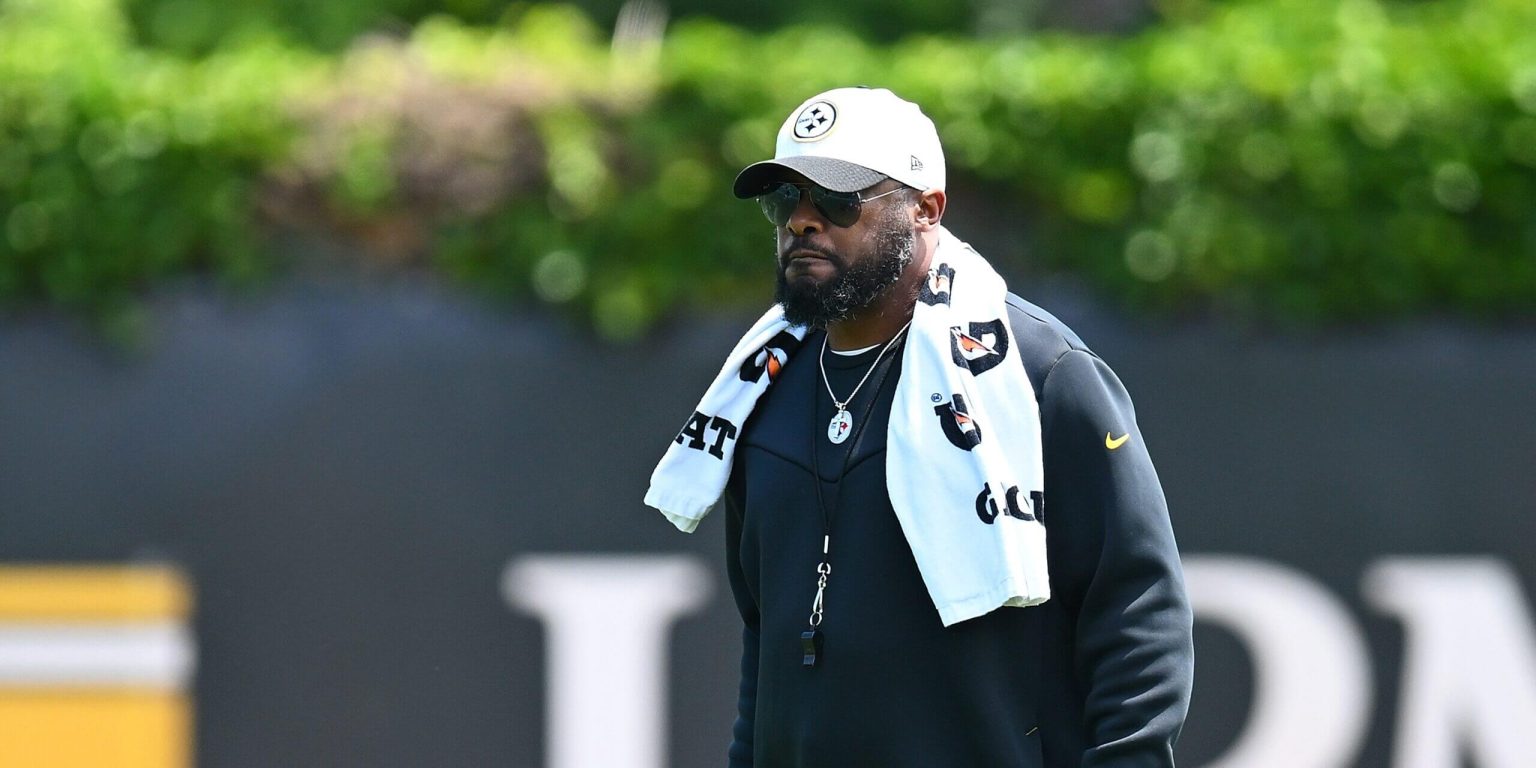The Pittsburgh Steelers, led by Mike Tomlin, have the reputation for conducting the most physical training camp workouts in the NFL. This harks back to the modus operandi of then Steelers’ coach Chuck Noll in the 1980s, a philosophy rooted in the belief that the more you get hit, the tougher you become. However, times are changing. Athletes are now training year-round which negates the need to work them into shape during preseason. Rules under the 2011 Collective Bargaining Agreement (CBA) have also made two-a-day practices outdated and the physicality of the game has been scaled back significantly.
Tomlin, however, insists on remaining true to the Steelers’ hard nose culture. Full, live tackling is a common sight at his training camps. There’s a specific drill, “Seven Shots” that involves full tackling with key rotation players during camp. The strategic move had paid dividends in the past cultivating toughness and resilience among the team members, however, it also resulted in a number of injuries. After a promising 9-3 start to the season in 2007, Tomlin’s first year as coach, a multitude of injuries saw them losing three out of their last four games, crashing out of the playoffs early against the Jaguars.
Critics were quick to attribute the team’s fade in performance towards the tail end of the season to the physical demands of training. However, the experience didn’t deter Tomlin from his believe that physicality is instrumental in the team’s success. He tweaked his approach to include rest days for veterans and allowed for more recovery time for injured players. This shift in approach led to a comeback in his second season as coach, propelling the Steelers to clinch the league’s Lombardi Trophy.
Even though the current rules have redefined the scope of physicality in training, Tomlin has continued to prioritize full-contact drills while focusing on improving intensity and competitiveness. This has been ingrained as a cultural trait of the Steelers and something that sets them apart from other NFL teams. His tactical approach to training camps, blending old school toughness and modern-day finesse, has been generally well received by players.
However, skepticism persists about the long-term sustainability of this approach. There are concerns about potential burnouts and injuries which might jeopardize the team’s performance during the regular season. Despite this, the Steelers are sticking to their guns with their physical approach at training camps, hoping it will shape their identity and serve as their competitive edge in the forthcoming season.
In conclusion, Tomlin’s approach to training camps, although contentious, has, over the years, proven rewarding. The physical approach has fostered resilience, tenacity, and grit amongst the Steelers’ players, upholding team culture and identity. Despite the toll it often takes on the players, Tomlin’s methodology is a testament to his bold vision for the team and his resolve to preserve the Steelers’ hard-nosed, blue-collar legacy.


